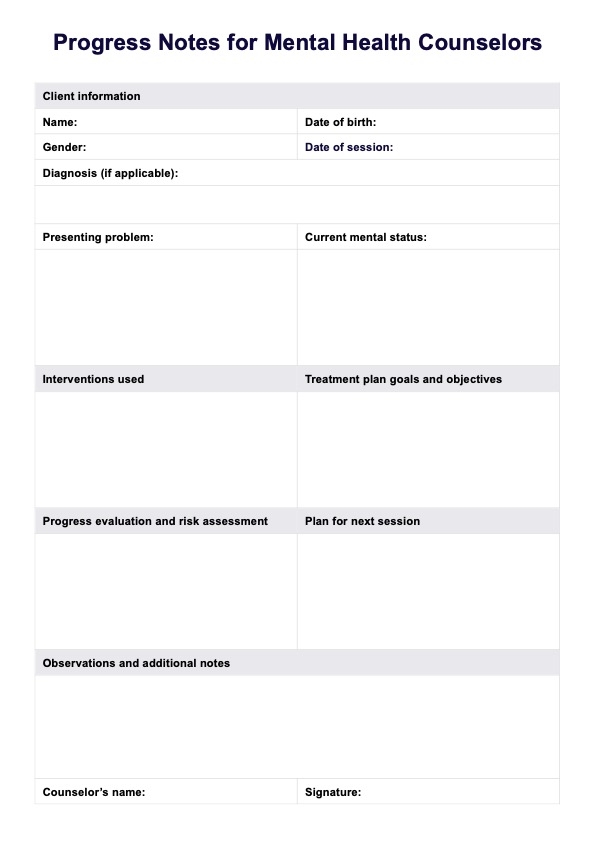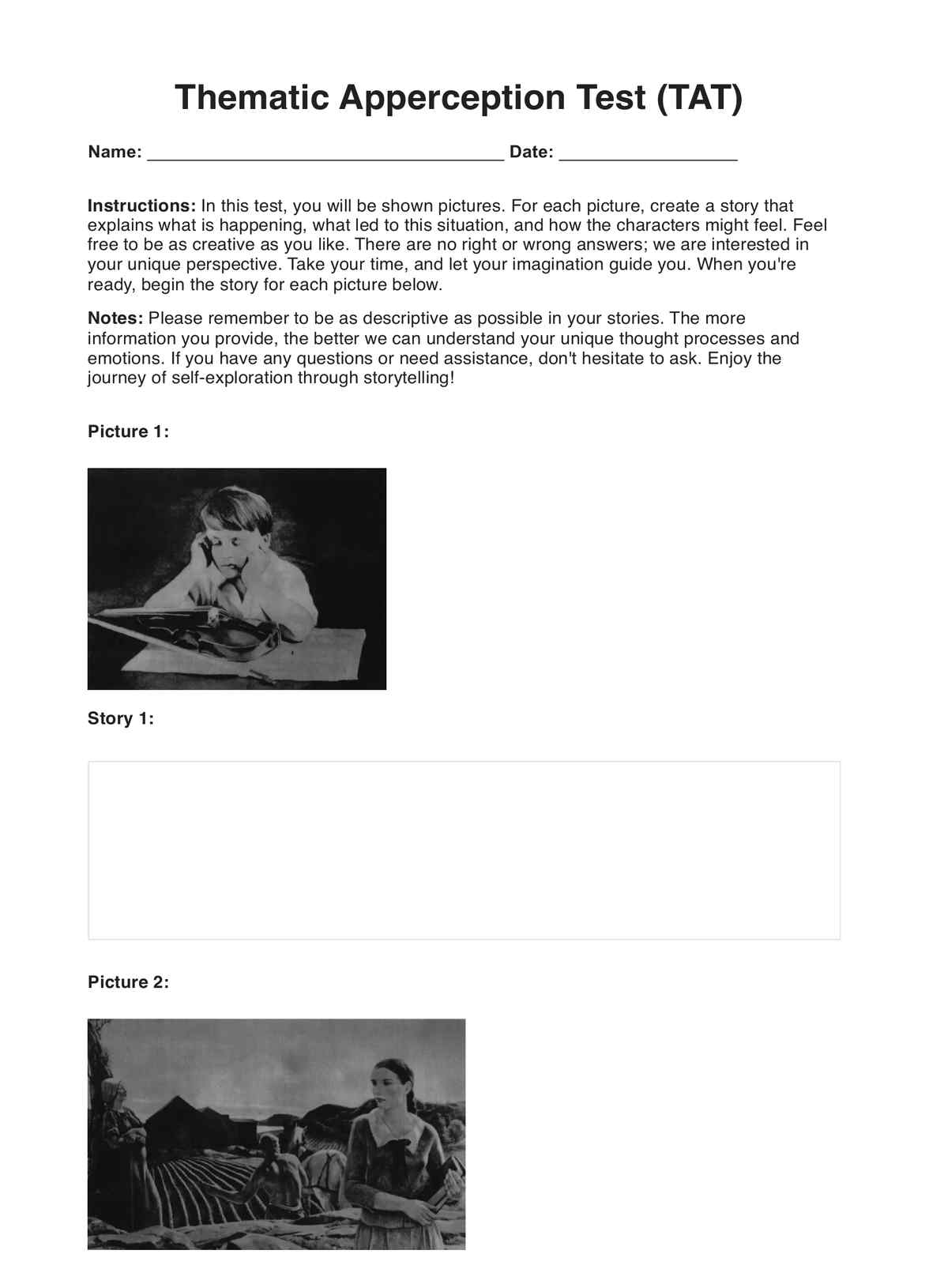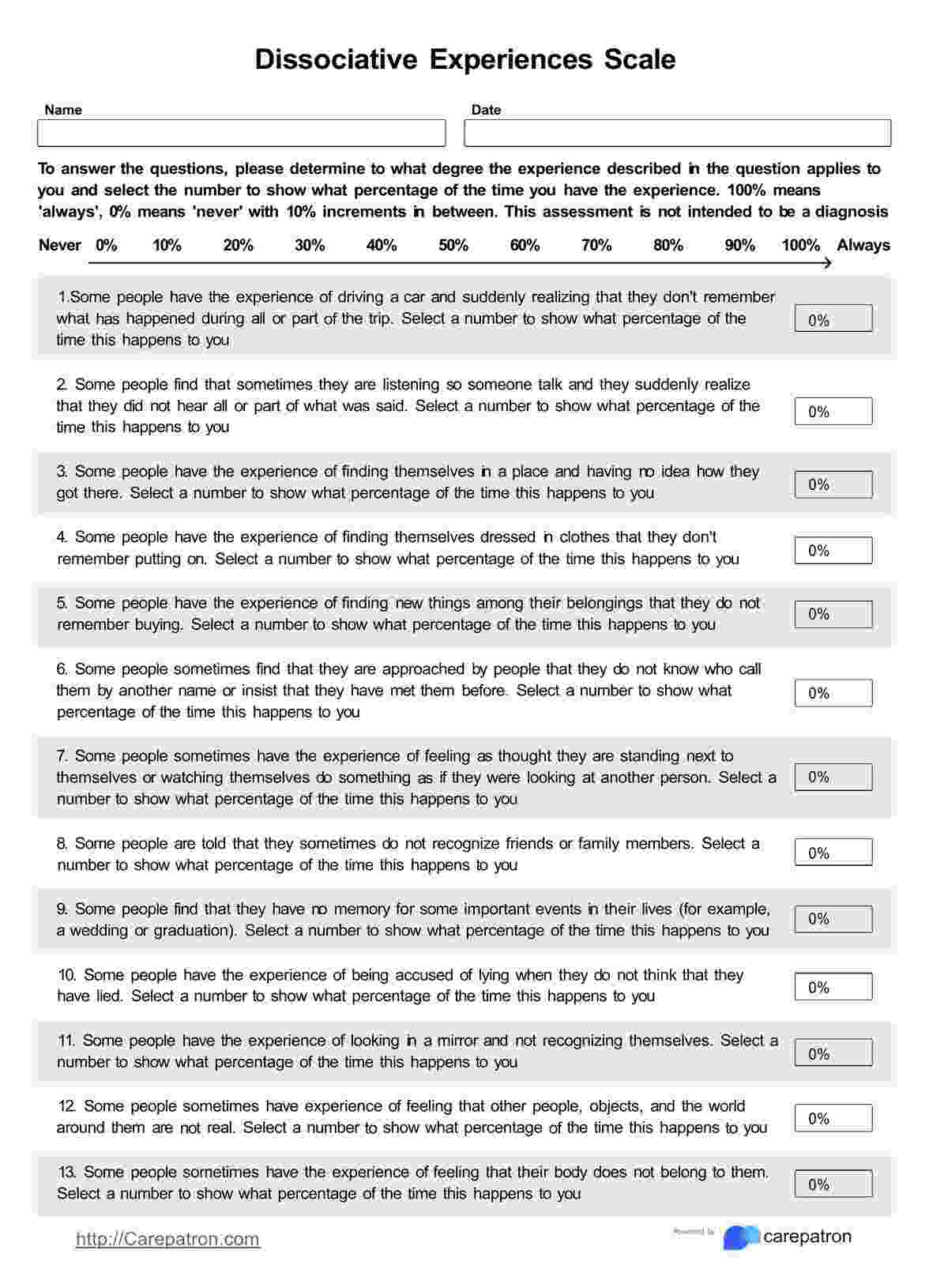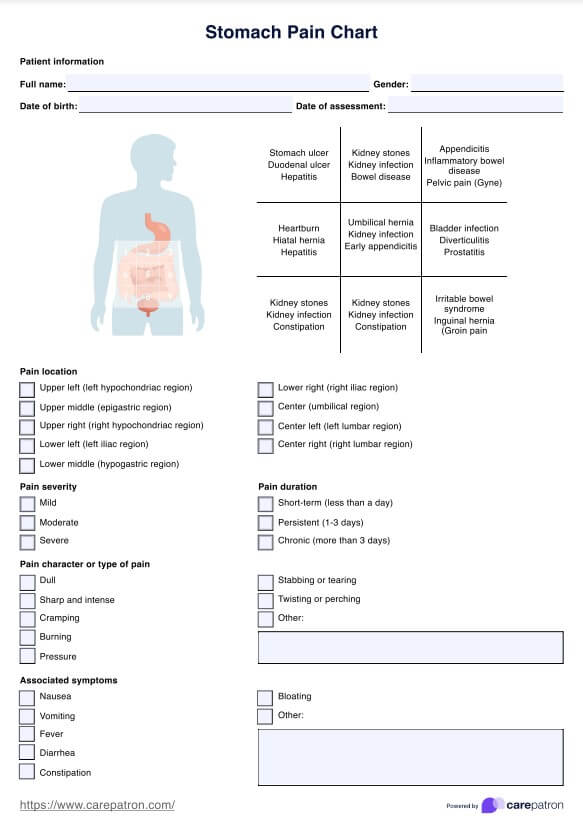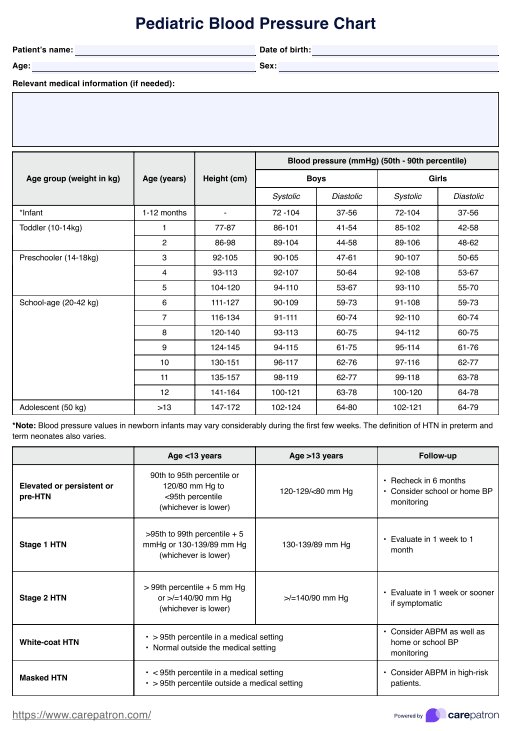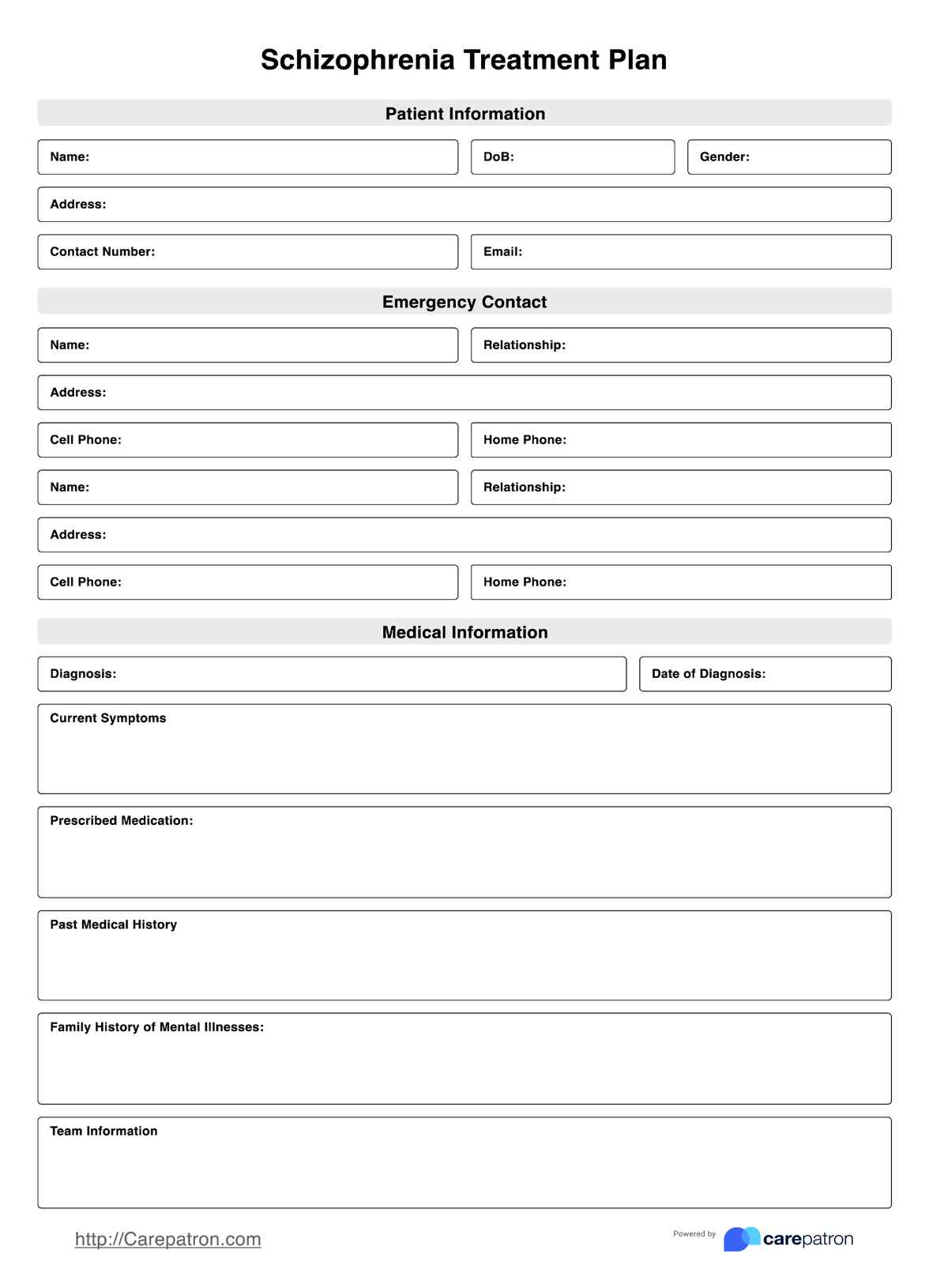Sensation Emotion Wheel
Learn how to use the Sensation Emotion Wheel effectively to promote mental health and emotional well-being.


What is the Sensation Emotion Wheel?
The Sensation Emotion Wheel can be used as a visual representation of the intricate relationship between primary and secondary emotions and their physical sensations.
Unlike traditional emotion charts, which may solely focus on categorizing emotions, the Sensation Emotion Wheel integrates the physiological aspect of emotional experiences. Mapping out how different emotions manifest in the body offers individuals a holistic understanding of their emotional landscape.
The wheel can be used to enhance emotional literacy and self-awareness. By visually depicting the connections between emotions and physical sensations, individuals can gain insights into the nuances of their feelings. This empowers them to recognize better, label, and articulate their emotional experiences, a crucial aspect of emotional regulation and interpersonal communication.
Sensation Emotion Wheel Template
Sensation Emotion Wheel Example
When should you use a Sensation Emotion Wheel?
The Sensation Emotion Wheel can be used across various therapeutic contexts and self-help practices:
- Individual counseling: In one-on-one counseling sessions, therapists can use the sensation emotion wheel to guide clients in exploring their emotional experiences. It is a starting point for deeper introspection and facilitates discussions around emotional patterns, triggers, and coping strategies.
- Group therapy: In group settings, the sensation emotion wheel can foster shared understanding and empathy among participants. Group members can reflect on their emotional responses and learn from each other's perspectives, promoting mutual support and emotional growth.
- Self-Reflection exercises: Beyond therapeutic sessions, individuals can use the emotion sensation feeling wheel for self-reflection and personal development. It encourages individuals to pause and tune into their internal experiences, fostering mindfulness and self-discovery.
- Educational workshops: Educators and trainers can incorporate the sensation emotion wheel into seminars and training programs focused on emotional intelligence and mental health awareness. It can also be a reference when answering emotion wheel worksheets or any worksheets given at workshops.
How does the Sensation Emotion Wheel work?
Here's a guide to use the Sensation Emotion Wheel effectively:
Step 1: Introduction to the wheel
Introduce the Sensation Emotion Wheel to participants, explaining its purpose as a tool for understanding the connection between emotions and physical sensations. Emphasize that the wheel visually represents primary and secondary emotions alongside corresponding bodily and brain reactions.
Step 2: Initiating conversations
Use the Sensation Emotion Wheel as a tool to initiate discussions about emotions. Share the wheel with others and encourage them to identify emotions they resonate with. This can lead to meaningful conversations about emotional experiences.
Step 3: Reference guide
Keep the Sensation Emotion Wheel handy as a reference sheet. When you experience emotions, refer to the wheel to identify and label them. Use it as a guide to understand the range of emotions you may be feeling.
Step 4: Self-reflection worksheet:
Use the Sensation Emotion Wheel as a fill-in-the-blank worksheet to enhance self-awareness. Reflect on your recent experiences and fill in the blanks with emotions that best describe your feelings. Pay attention to the physical sensations associated with each emotion.
Benefits of the Sensation Emotion Wheel
The Sensation Emotion Wheel is a helpful tool for understanding emotions and building healthier relationships. Here are other ways on how your patient can benefit from it:
Facilitates effective communication:
The Sensation Emotion Wheel empowers individuals to articulate and communicate their emotions precisely, fostering more transparent communication and a profound understanding of interpersonal relationships.
Practice emotional coping
By providing a structured framework for emotional exploration, the Emotion Wheel encourages the development of healthy coping mechanisms, enabling individuals to manage difficult emotions effectively.
Supports emotional regulation
Utilizing the Sensation Emotion Wheel promotes self-awareness and emotional regulation by enhancing individuals' understanding of their emotional states and triggers. This awareness enables them to respond to emotions in a balanced and adaptive manner.
Learn cognitive defusion
The wheel aids cognitive defusion by helping individuals detach from overwhelming thoughts and emotions. Visually representing emotions and their associated physical sensations, sensation wheel facilitates a shift in perspective and promotes emotional clarity.
Identify emotional patterns and triggers
Through the exploration facilitated by the Sensation Emotion Wheel, individuals can identify recurring emotional patterns and their underlying triggers. This insight empowers them to address emotional challenges and cultivate resilience in adversity proactively.
Commonly asked questions
A feeling wheel is a powerful tool that acts as a visual translator for emotions. It typically consists of concentric circles, with primary emotions at the center and secondary emotions expanding outward. To read a feeling wheel, start from the center and work outwards. Primary emotions are at the core, while secondary emotions extend outward.
Completing a feeling wheel involves identifying and pinpointing your current emotional state on the wheel. Start by considering how your body feels and recognizing the emotions you're experiencing.
The eight primary emotions include joy, sadness, trust, disgust, fear, anger, surprise, and anticipation. These emotions serve as foundational categories encompassing a wide range of feelings and experiences. Understanding the eight types of emotions provides a framework for navigating our emotional lives and connecting with others on a deeper level.


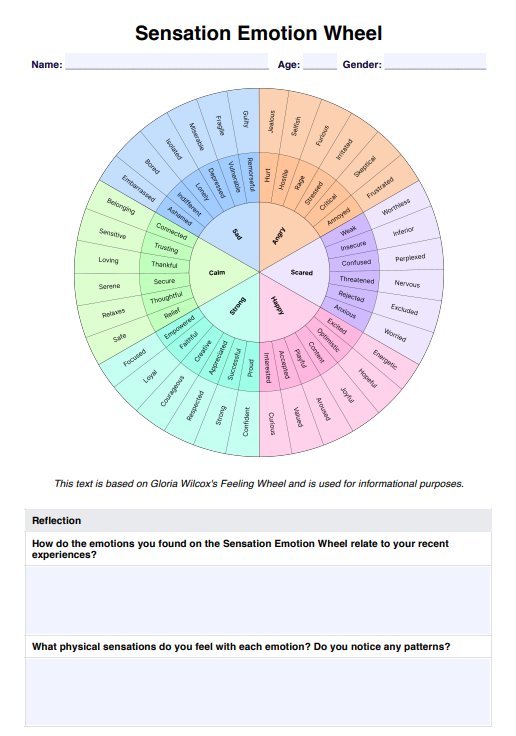
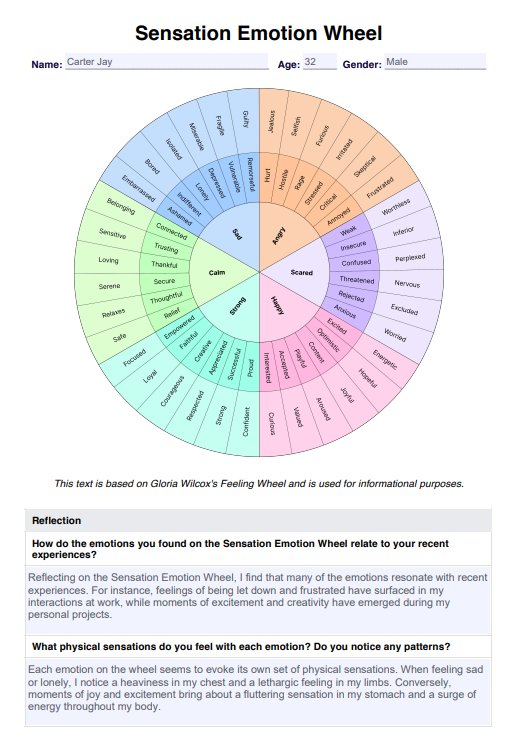

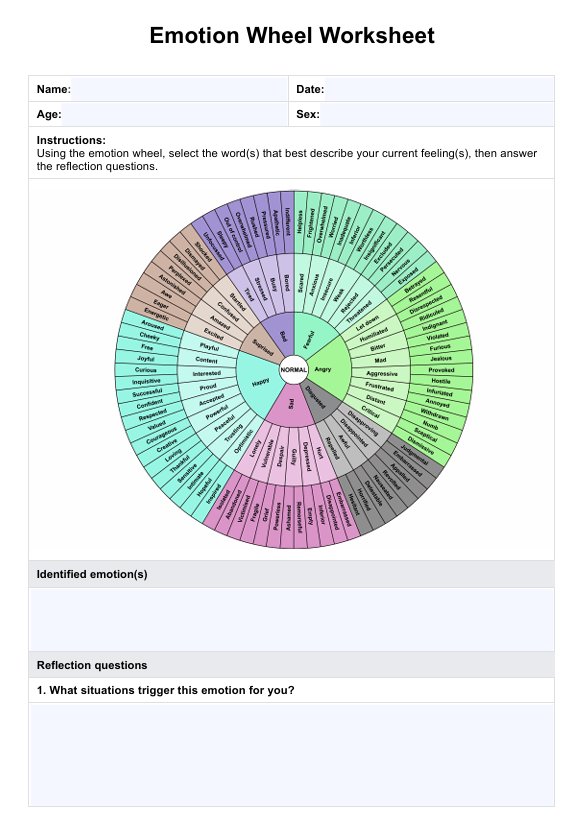




















-template.jpg)














































































